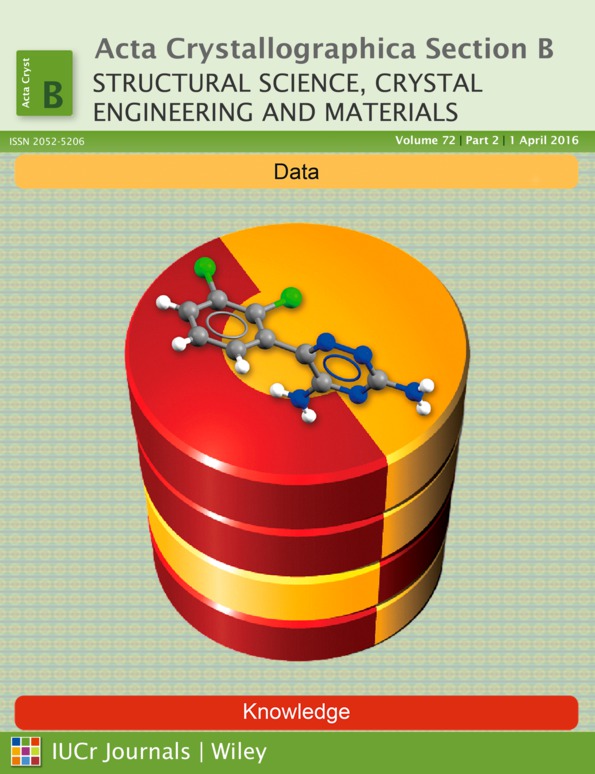Structure modulations in nonlinear optical (NLO) materials Cs2TB4O9 (T = Ge, Si)
Abstract
Incommensurately modulated borate structures of a new type were studied in detail in the nonlinear optical (NLO) materials Cs2TB4O9 (T = Ge, Si) using single-crystal X-ray diffraction techniques. The structures were solved by the charge-flipping algorithm in the superspace group I2(αβ0)0. The refinement results strongly suggest that the main structure modulation feature of Cs2TB4O9 is the ordering of the O atoms. With these modulated structure models, the unreasonable B—O distances in the average structures were explained as the ordering of BO4 and BO3.




